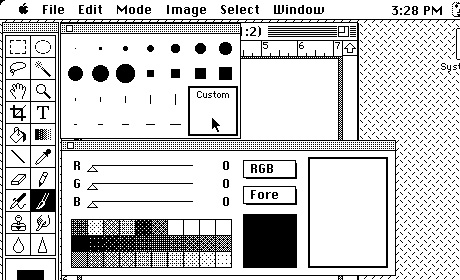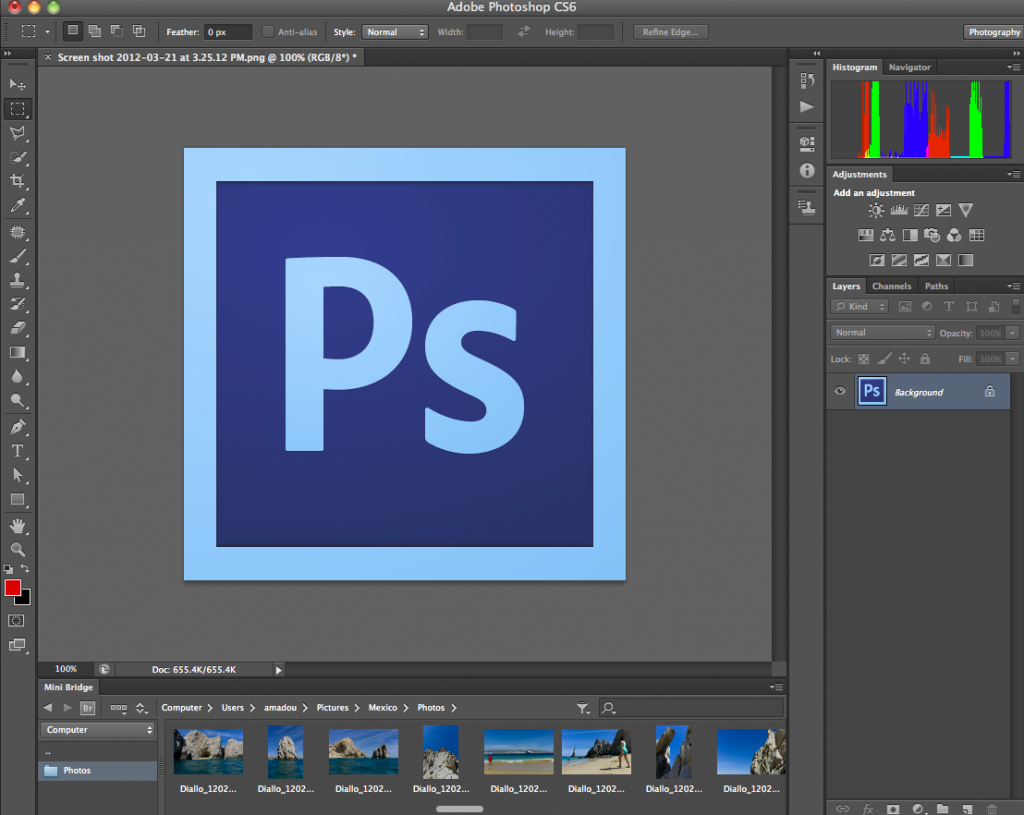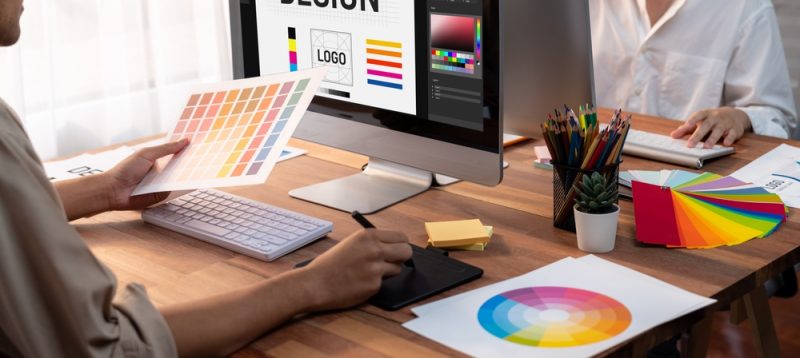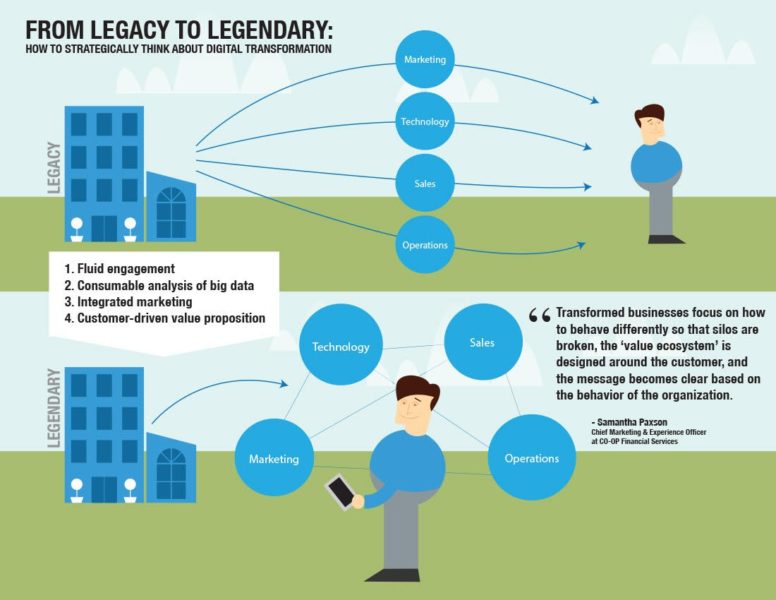A history of Photoshop
I found this blog entry on springleap.com and thought it was worth sharing:
The history of Photoshop is the story of modern graphic design. For many designers, a world without Photoshop seems like ancient history. But it’s important to remember that until 1990, the majority of designers still made use of Letraset hand lettering and photomanipulation meant exactly that. Designers had to physically manipulate photographs using a variety of techniques such as airbrushing, painting, cutting and pasting (many of which now make up tools in Photoshop). At the time Photoshop was first released, many designers continued to use traditional techniques, until adopting Photoshop in later versions, but it’s safe to say that by the end of the 90s, Photoshop reigned supreme, and has done ever since.
To put a face to those whose work laid the foundation for the future of graphic design, look no further than the two brothers Knoll, John and Thomas. You’ll know their names as they appear at the start of of the long list of credits on Photoshop’s start up page. The Knolls were the sons of a father who had a passion for photography, and for home computing – the perfect recipe for creating interest and skill in photomanipulation later in life. Thomas studied image processing at university, and John worked at Industrial Light & Magic, Lucasfilm’s special effects division. The brothers’ combined interest in creating computer graphics which were beyond the capacity of existing software on the Macintosh II spurred them on to develop ‘Display’ in 1988 – the prototype that came before Photoshop.
Soon enough the race was on to develop the capacity of Display, and offer it to design professionals at a price that was accessible. This was at a time when ‘professional’ software was custom-developed for specialist clients, and came with a hefty price tag: digital photo retouching could cost as much as $300 an hour. Letraset themselves had seen the potential of a product which mimicked traditional design techniques in digital form, but their competing product was out of reach of most designers. When Photoshop 1 was released in early 1990, it came in at just under $1000 – a price that many established design studios could accommodate. From that point on, the future of Photoshop was certain – though the early versions still had bugs, and by today’s standards was a very basic program.

As the brothers tweaked their software and added tools which satisfied the growing demand for digital image manipulation, so each version’s updates became highly anticipated amongst design professionals, as they are today. But the single biggest coup for the Knolls has got to be the concept of layers, which in one fell swoop placed them head and shoulders above the competition, a place that Photoshop continues to hold today. With layers, the possibilities were endless – and with the addition of hundreds of plug-ins and updates, the versatility of Photoshop has become its greatest value for designers across the world, amateur and pro. It’s safe to say that the Adobe Photoshop Family, which includes Photoshop itself as well as associated programs such as Elements, Lightshop and Express, is the greatest graphic design program available, and that this isn’t something that’s likely to change.






